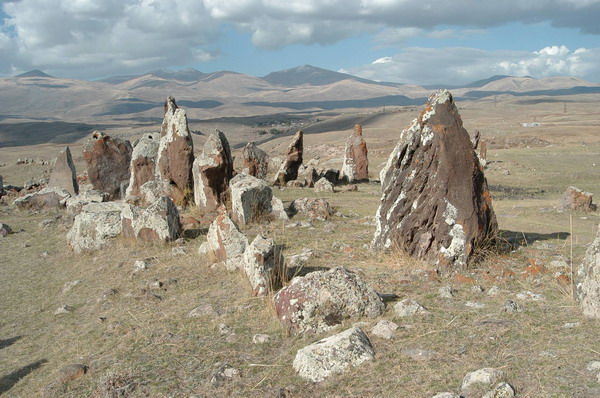Through improving infrastructure in popular tourism destinations in five regions
WASHINGTON, December 22, 2015 – The World Bank Board of Executive Directors approved today a US$55 million loan for the Local Economy and Infrastructure Development Project (LEIDP) for Armenia to improve infrastructure services and institutional capacity for increased tourism contribution to the local economy in five selected regions of the country. Developing a rich variety of tourism destinations across the country in a sustainable way is part of the Government’s vision of improving the maintenance of Armenia’s natural and cultural heritage while also stimulating regional economic activity.
The World Bank helped the Government in 2014 to assess the regional development disparities and opportunities and prepared a Tourism Strategy for the country’s South Corridor. The analysis has identified opportunities for regional development by studying the profile of each region (marz) in Armenia and identifying key policy and investment needs in the most competitive sectors that drive private sector-led growth and job creation, most notably tourism, agro-tourism and agri-business. It also recommended an integrated approach to development of tourism corridors and circuits for diversifying and improving Armenia’s tourism products, which could increase spending and deliver a more robust tourism-led local economic development.
“As demonstrated around the world, with careful strategic planning and relatively modest public investments, tourism activities can be nurtured into a critical source of economic and employment growth at the local level,” says Laura E. Bailey, World Bank Country Manager for Armenia. ”I would like to highlight that one of the major strengths of the proposed project is that it motivates the communities to preserve their unique Armenian cultural heritage and helps benefit from integrating tourism in wider local economic development.”
Read also
With over 4000 historical monuments throughout the country dating from pre-historic to Hellenistic and early Christian eras – three of which are UNESCO World Heritage Sites – Armenia is often referred to as an open air museum. The Project activities are expected to benefit the residents, tourists and enterprises in three marzes in the south – Ararat, Vayots Dzor and Syunik, and two marzes in the north – Kotayk and Lori.
More specifically, the first component – Heritage Hub Regeneration and Tourism Circuit Development – will finance urban regeneration activities in the old towns of Goris and Meghri, and in the heritage villages Areni, Tatev and Tandzatap. This includes restoration of public infrastructure, building facades and roofs, public spaces, museums, access roads, water and sanitation, drainage and street lighting.
This component will also finance an integrated approach to cultural heritage preservation and improved site management plans of the most attractive cultural and natural heritage sites located along the main tourism circuit in Armenia: Garni (Temple and Gorge), Geghard Monastery, Dvin Museum, Khor Virap Monastery, Areni marketplace and cave, Mozrov cave, Zorats Qarer (Karahunge/Stonehendge), Khndzoresk and the two UNESCO Sites of Haghpat and Sanahin.
“In addition to the expected growth in the tourism sector and of under-developed areas, this project will enable public infrastructure to attract private investments. It will attract private entities in Project areas that demonstrate interest and capacity to invest in tourism or agribusiness through participating in rehabilitation of complementary public infrastructure to ensure the viability of their investments,” says Ahmed Eiweida, World Bank Task Team Leader of the Project.
The second – Institutional Development component – will increase the institutional capacity and performance of the Development Foundation of Armenia (DFA), the Ministry of Economy (MoE), responsible for overall coordination and policy support of the Project, the Historical and Culture Heritage Protection Agency (HCHPA), and the Armenia Territorial Development Fund (ATDF), as the implementing entity, to carry out tourism related activities at the various levels in a sustainable manner.
The first year investment program will capture numerous activities for improvements at Khor Virap Tourism Facility; Garni Gorge with rehabilitation of 1.6 km road leading from Garni Temple to the Stone Symphony monument, located in Azat River Gorge; Zorats Qarer (Stonehenge) Tourism Facility with improvement of the road leading to the monument.
Total financing of this project is US$68 million, of which US$13 million will be the Government’s contribution. The World Bank will provide a US$55 million IBRD loan of variable spread with a 14.5-year grace period and the total repayment term of 25 years.
Since joining the World Bank in 1992 and IDA in 1993, the total IDA and IBRD commitments to Armenia amount to around US$2.3 billion.





















































